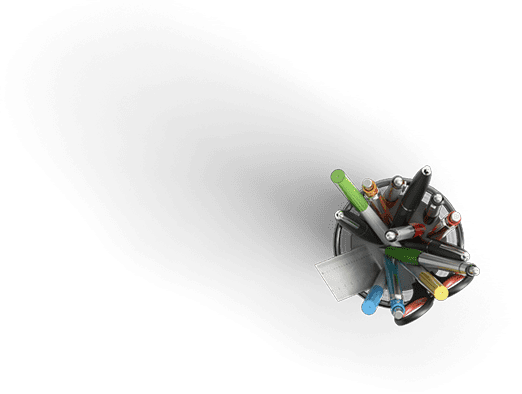Signals and Sys Theory & Lab eek #4 Lab
Description
Unformatted Attachment Preview
The Laplace Transform
atch video entitled odule 4 aplace Transform in MATLAB
Work the two problems below.
nclude answers for Problems and include MATLAB coding along with any output plots
that support solutions into a Word document entitled !b4_StudentID Where your student
id is substituted in the file name.
pload file !b4_StudentIDIMPORTANT NOTE: You must include screenshots of MATLAB coding and MATLAB
outputs in your lab submission. The screenshots MUST have the date and time stamp
from Windows that appears in the lower right corner of the screen or else the lab will be
worth 1%. See example.
Activity 1:
Work the problems at the end of Chapter 3: Problems 3.31(b), 3.32(a), and 3.32(b) using
MATLAB.
3.31 Inverse Laplace transformïnsider the following inverse Laplace transform
problems.
(b) Find the inverse Laplace transform of
Can you use the initial-value theorem to check your result? Explain.
Answers:
3.32 Inverse Laplace transformïnsider the following inverse Laplace problems:
(a) Use MATLAB to compute the inverse Laplace transform of
Determine the value of x(t) in the steady state. How would you be able to obtain this value
without computing the inverse? Explain.
(b) Find the inverse x(t) of
Use MATLAB to plot x(t) and to verify your inverse.
Answers: (b)
.
Activity 2:
A linear time-invariant continuous-time system has the impulse response below:
h(t) =[cos 2t + 4 sin 2t]u(t)
1. Determine the transfer function H(s) of the system. Use the Laplace transform pairs
table for this.
2. Plot the system impulse response using Matlab.
3. The input, x(t) is defined as
for x ? 0. Find X(s) using the tables.
4. Compute the output response Y(s).
5. Compute y(t) using the Laplace Transform pairs and plot y(t).
Purchase answer to see full
attachment

Have a similar assignment? "Place an order for your assignment and have exceptional work written by our team of experts, guaranteeing you A results."









